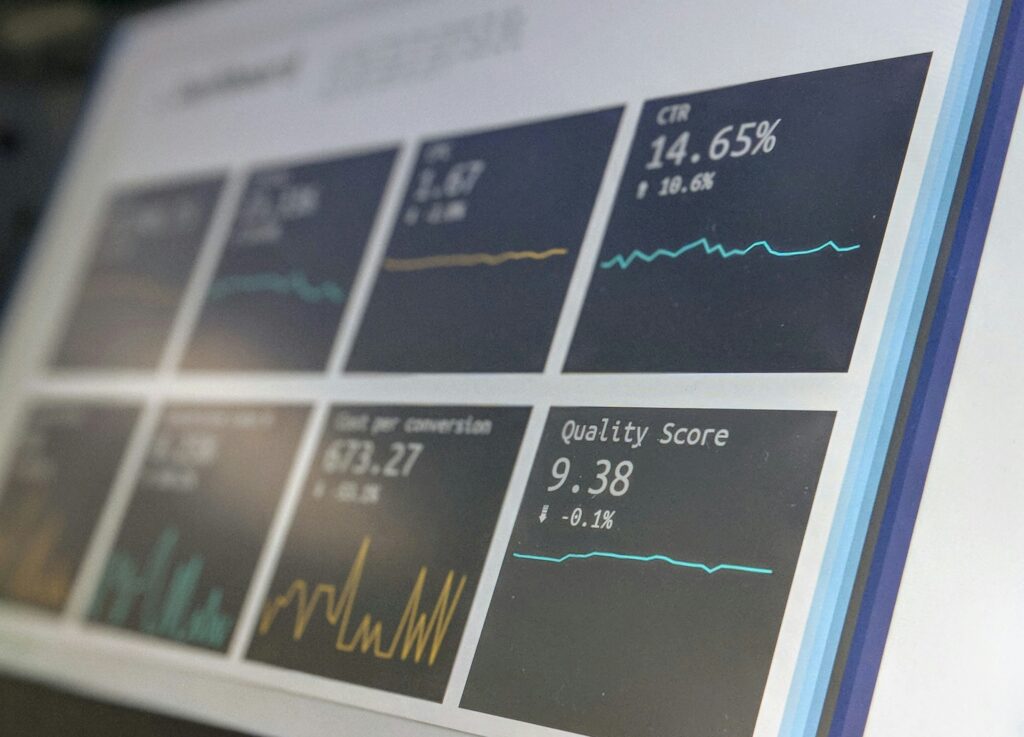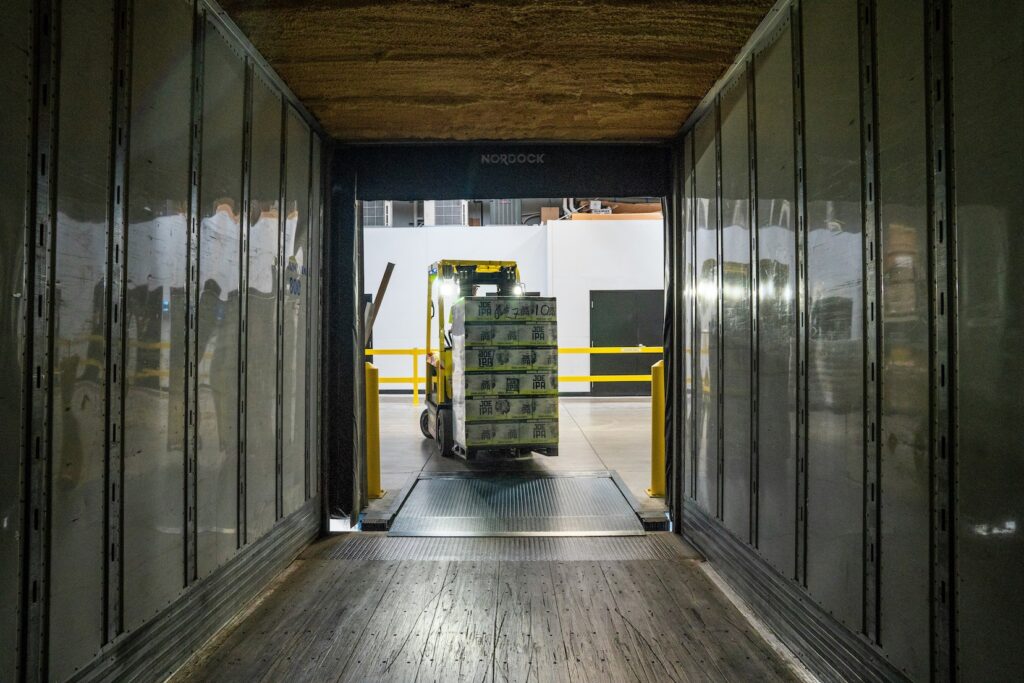2025 tariff code changes affecting the humble tomato
Topics
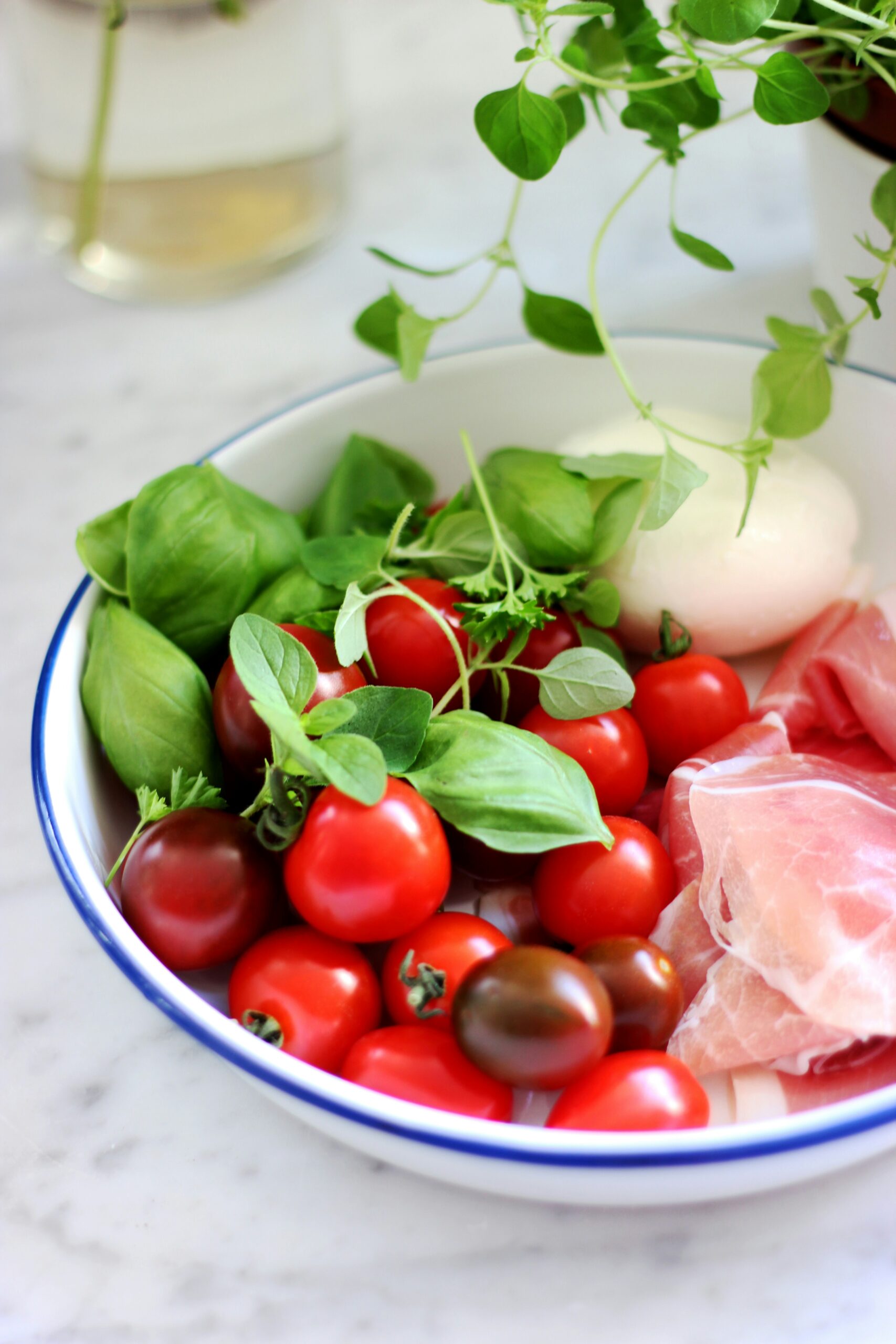
The humble tomato, a staple of kitchens and markets worldwide. Recent updates to the tariff book now make this popular food subject to significant changes in classification to better reflect the diverse varieties now available.
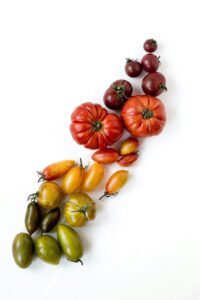 Whether you’re an importer or exporter, understanding these changes is essential for compliance and to maintain accurate tariff codes for shipping your food goods internationally. As we all know, food and drink classification can be complex, and it all comes down to the exact detail of the product you’re classifying to get things right.
Whether you’re an importer or exporter, understanding these changes is essential for compliance and to maintain accurate tariff codes for shipping your food goods internationally. As we all know, food and drink classification can be complex, and it all comes down to the exact detail of the product you’re classifying to get things right.
Here, we look at the many varieties of tomatoes now available on the market and the product differences that can alter their tariff codes.
How to classify different tomato varieties
Staggeringly, there are more than 10,000 varieties of tomatoes now available. Cherry, beefsteak, plum, heirloom. All delicious in our eyes, but complex when classifying and no size really does matter. Let’s breakdown how the variety changes how we classify them accurately.
Whole tomatoes under 47mm
This category, under subheading 0702.00.10, now includes whole tomatoes with a diameter less than 47mm covering cherry tomatoes and other small-sized varieties.
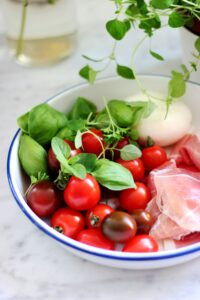
Cherry tomatoes: Their small size and sweet flavour, the stars of salads to us, place them squarely in this subheading.
Other small varieties: Any tomato variety meeting the size requirement is included.
What’s new: Importers must now consider both size and type, a shift from the previous focus on whether a tomato was simply a “cherry tomato” or “other.” Additional classifications apply if the tomatoes are presented “in trusses.”
Size matters: Large or prepared tomatoes
 This category, under subheadings 0702.00.9100, 0702.00.9907, 0702.00.9999, applies to whole tomatoes with a diameter of 47mm or more – we’re talking about the big slicers perfect for burgers. Also falling into this category are tomatoes not sold whole, such as chopped or diced tomatoes that are not further processed.
This category, under subheadings 0702.00.9100, 0702.00.9907, 0702.00.9999, applies to whole tomatoes with a diameter of 47mm or more – we’re talking about the big slicers perfect for burgers. Also falling into this category are tomatoes not sold whole, such as chopped or diced tomatoes that are not further processed.
Larger varieties: Includes popular types like beefsteak tomatoes.
Exclusions: Tomatoes under 47mm or those meeting criteria for other subheadings are not included.
Implication: These updates ensure that larger varieties and minimally prepared tomatoes are classified correctly.
Tomatoes “in trusses”
A brand-new subheading, 0702.00.91.00, this category recognises tomatoes sold “in trusses” (still attached to their vine or stem) with a diameter of 47mm or more.
Why it matters: This classification highlights the aesthetic and market appeal of vine-ripened tomatoes, popular for their freshness.
Implications for importers and exporter
Accurate classification under these new subheadings is critical. Misclassification can result in shipment delays, financial penalties, or compliance issues which are all to be avoided if fresh food and drink products are to arrive in our supermarkets or grocery stores ready to buy. Importers and exporters must now consider dimensions, type, and presentation in their customs classification decision-making.
Here’s some top tips when classifying tomatoes:
-Know your tomatoes: Measure your tomatoes accurately and understand the different varieties to determine which subheading is appropriate for your products.
-Check the small details: Are they sold on the vine? Do they fit in the under-47mm club? Ensure all details are captured and recorded during classification for audit purposes.
-Use technology to automate: Using a solution such as TariffTel’s customs classification platform ensures a tomato’s size, presentation and variety is taken into account when determining the tariff code, reducing possible error and speeding up the process.
Reflections on 2025 tariff book updates
The updated 2024-2025 tariff codes for tomatoes reflect a more wide-spread commitment to precision in product categorisation. The devil really is in the product data when it comes to classifying, but more so for food and drink goods which can vary widely from one variety to the next. Whilst these changes accommodate the growing diversity in the tomato trade, it’s wise to follow this same thorough approach to classify all products, taking into account size, variety and presentation.
Read more about what other important aspects to consider when classifying food and drink products here.
Discover how TariffTel makes HS code classification simpler, smarter, and more reliable. Get in touch for a demo and to hear more.
Other Useful Resources
How incorrect HS codes are driving up costs (and how to stop it)
Accurate customs classification can make or break a business’s bottom line. Yet, many companies underestimate the impo...
Unlocking the power of data and the role of AI classification
Customs classification is the backbone of global trade compliance, ensuring products are categorised accurately under th...
Understanding new CBP cargo description rules
The importance of an accurate goods description can’t be underestimated in customs classification, and a recent announ...

